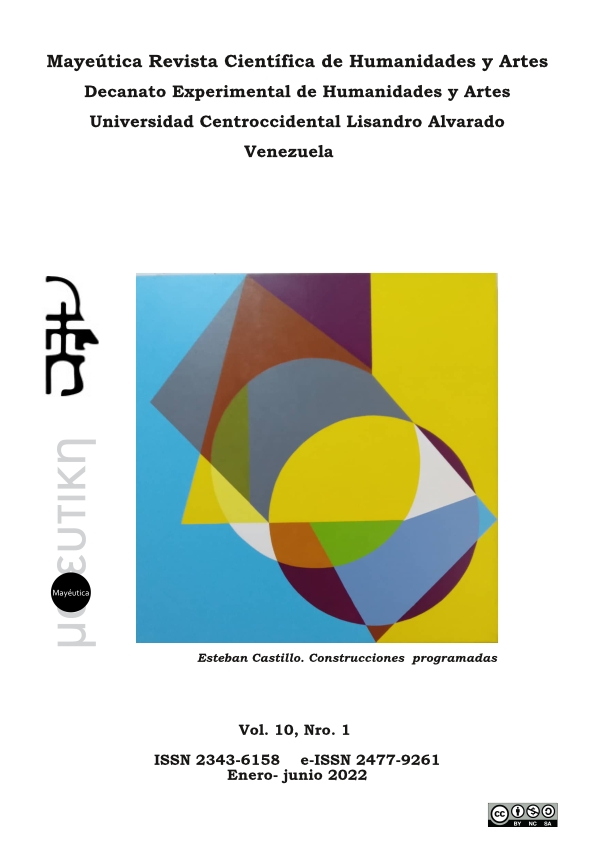Culture and Communication: Semiotics of the Venezuelan film comedy of the films Domingo de Resurrección (1982) y Papita Maní Tostón (2013)
Keywords:
communication, Venezuelan comedy cinema, humor, semiotics, cultureAbstract
This is a qualitative research supported by the hermeneutical method for the interpretation of the iconic signs and the semiotic codes of two Venezuelan humorous films. Among its purposes are to unveil semiotic codes, interpret iconic sentences and analyze communicational semiotics, considering the cultural features of Venezuelan society, through several scenes intentionally selected from Domingo de Resurrección and Papita Maní Tostón. The first film was made in the 1980s, when the decline of relative socioeconomic and democratic stability began in Venezuela, while the second was from 2013, when the country's political, moral and economic crisis was already aggravated. In both cinematographic works the characteristics of each period are evident, so the information collected was categorized according to the purposes and the emerging theory developed during the respective analysis. Among the most outstanding findings are the changes in markedly sexist behavior in the first film that are not seen in the second, violence as a phenomenon associated with the urban context, the decline of governmental institutions that is more evident in the second film, and the irruption of cultural codes associated with globalization that is imposed with new technologies.
Downloads
References
Barthes, R. (2006). Roland Barthes y el Análisis del Discurso. Tesis de la Universidad Autónoma de Madrid, publicada en Revista de Metodología de Ciencias Sociales N ° 12, ISSN: 11395737.
Díaz Martínez, A. (2010). Semiotica y Cuerpo: Taichicuan. Cuaderno de Lingüística Hispánica N.° 16 ISSN 0121053X JulioDiciembre 2010; p. 4758.
Domínguez, L. (2018) y Mª de los Reyes (noviembreenero, 2009). “la importancia de la comunicación no verbal en el desarrollo cultural de las sociedades” Razón y palabra Vol.14, núm. 70, Instituto Tecnológico y de Estudios Superiores de Monterrey.
Domingo de Resurrección Ficha técnica.:https://es.wikipedia.org/wiki/Domingo_de_Resurrecci%C3%B3n_(pel%C3%ADcula)
Domingo de Resurrección Película https://www.youtube.com/watch?v=pm0h6rOf05Y
Eco, U. (1986). La estructura ausente. Editorial Lumen S.A, Tercera edición.
Gadamer, H. G. (1966). La hermenéutica según HansGeorge Gadamer. https://www.redalyc.org/pdf/4418/441846100002.pdf
Hernández Sampieri, R., Fernández Collado, C. y Baptista Lucio, P. (2006). Metodología de la investigación. Cuarta Edición. Mc Graw Hill.
Papita Maní Tostón Ficha Técnica. https://es.wikipedia.org/wiki/Papita,_man%C3%AD,_tost%C3%B3n
Papita Maní Tostón película https://www.youtube.com/watch?v=RNfBuU6dJ1E
Published
How to Cite
Issue
Section

This work is licensed under a Creative Commons Attribution-NonCommercial-ShareAlike 4.0 International License.





